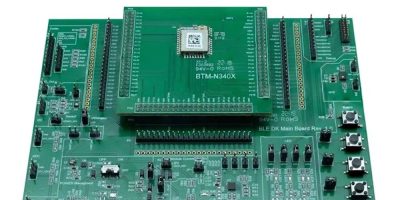Skyworks Solutions is introducing its newest software solution for removing unwanted background noise from speech signals at CES 2024. The AI Noise Suppression solution delivers a new benchmark of performance for noise reduction, increasing speech intelligibility, preserving quality and reducing listener fatigue when using handsets, headsets, conference systems, automotive telematics, wireless microphones and audio-visual systems.
According to Astute Analytica, the edge AI market is predicted to grow from $1.4 million in 2021 to $8 million in 2027, with a large portion coming from the Internet of Things (IoT), wearable consumer devices and the need for faster computing in 5G networks.
While AI noise suppression has become common in desktop and cloud applications, performance lags on the edge. To address this challenge, the new software from Skyworks is highly scalable, from desktop CPU/GPU down to edge platform, with performance that rivals much larger CPU solutions.
“With the proliferation of AI noise suppression in desktop and cloud applications, it’s imperative the industry also overcomes performance lags on the edge to meet market demands,” said Yusuf Jamal, senior vice president and general manager of the Diversified Analog Solutions at Skyworks. “Skyworks is actively developing audio and other signal processing applications at the edge that will replace traditional signal processing techniques and drive new IoT edge applications. The AI Noise Suppression solution delivers benchmark performance, scalable from the edge to the cloud while requiring less memory and computational resources.”
The Skyworks AI Noise Suppression solution meets the needs of the market by:
Achieving subjective and objective test scores in embedded implementations that compete with desktop CPU/GPU solutions while requiring less than 10% CPU load on a HiFi4 core running at 600 MHz
The ability to run at 48 kHz, enabling advanced noise reduction on full bandwidth signals in audio/video production and playback
Not requiring connection to large cloud servers or tethering to desktop PCs or mobile phones
Not interfering with the original speech signal as confirmed by subjective testing based on ITU-T P.808
The solution allows for advanced noise reduction on full bandwidth signals, giving it the best audio quality on the market and opening additional applications in the areas of audio/video production and playback.







